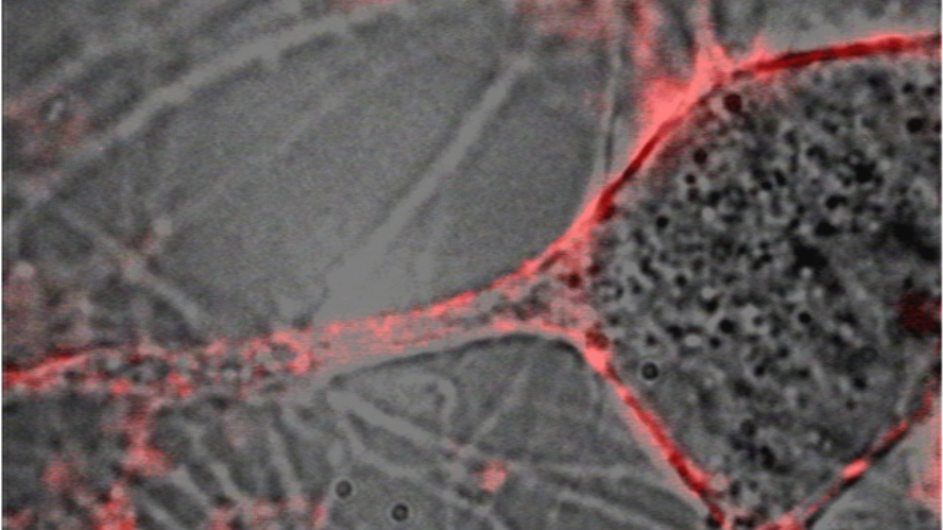Writing in Nature Methods, Yuste and Aitzol Garcia-Etxarri, a physicist at DIPC, make the case for a nanoscience-neuroscience merger. The piece, Time for NanoNeuro, is part call-to-arms and part summary of the latest scientific literature. In it, they cover the microscopic tools in use today or under development, and single out two types of nanoparticles that could serve as high-quality, non-invasive instruments for recording and stimulating brain cells.
The first, quantum dots, are tiny flecks of semiconductor that could replace fluorescent dyes as a tool for imaging living cells. Quantum dots, for example, could be injected into the body to target tumors or neural circuits. The second, plasmonic nanoparticles, could be used to focus light and heat on individual cells to activate them with laser-like precision.

